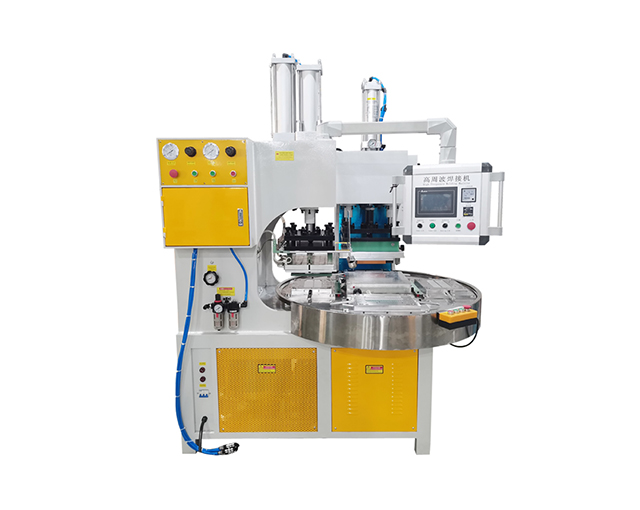Time:2025-03-28 Views:1 source:News

Embossing machines play a crucial role in various industries, such as packaging, textiles, and leather goods, where they are used to create decorative patterns or raised designs on different materials. Temperature regulation is a vital aspect of ensuring optimal embossing results.
Importance of Temperature Control
The temperature of the embossing machine directly affects the quality of the embossed pattern. Different materials require specific temperature ranges for successful embossing. For example, in the packaging industry, when embossing on paper - based materials, if the temperature is too low, the embossing die may not fully transfer the pattern onto the paper, resulting in a faint or incomplete impression. On the other hand, if the temperature is too high, the paper may scorch or warp, ruining the final product. In the textile industry, when embossing fabrics like polyester or cotton, the appropriate temperature is essential to melt or soften the fibers slightly, allowing them to take on the shape of the embossing die. Incorrect temperatures can lead to uneven embossing, fiber damage, or a loss of fabric strength.
Temperature Control Mechanisms
Most modern embossing machines are equipped with sophisticated temperature control systems. These systems typically use thermocouples or other temperature - sensing devices. A thermocouple is a sensor that generates a voltage proportional to the temperature. It is placed in close proximity to the heating elements or the embossing area. The temperature - sensing device sends signals to a controller, which compares the measured temperature with the pre - set target temperature. If there is a deviation, the controller adjusts the power supplied to the heating elements. For example, if the measured temperature is lower than the set value, the controller will increase the power to the heating elements to raise the temperature. Some advanced embossing machines also use PID (Proportional - Integral - Derivative) controllers. PID controllers are capable of making more precise adjustments by considering not only the current temperature error but also the rate of change of the temperature over time. This results in more stable and accurate temperature control, which is especially important for materials that are sensitive to temperature fluctuations.
Factors Affecting Temperature Regulation
Several factors can influence the temperature regulation in embossing machines. The type and thickness of the material being embossed play a significant role. Thicker materials may require higher temperatures and longer heating times to achieve proper embossing. The size and design of the embossing die also matter. A larger die with a more complex pattern may distribute heat differently, requiring careful calibration of the temperature settings. Additionally, the ambient temperature and humidity of the working environment can affect the temperature regulation. In a hot and humid environment, the cooling rate of the embossing machine may be slower, potentially leading to overheating. To account for these factors, operators need to regularly monitor and adjust the temperature settings based on the specific requirements of each embossing job.
Read recommendations:
Double head Hydraulia pedal HF welding machine
Ultrasonic Tape Cutting Machine
HF PVC bag welding machine.Precautions for ultrasonic lace machine
Complete control over products allows us to ensure our customers receive the best qualityprices and service. We take great pride in everything that we do in our factory.
